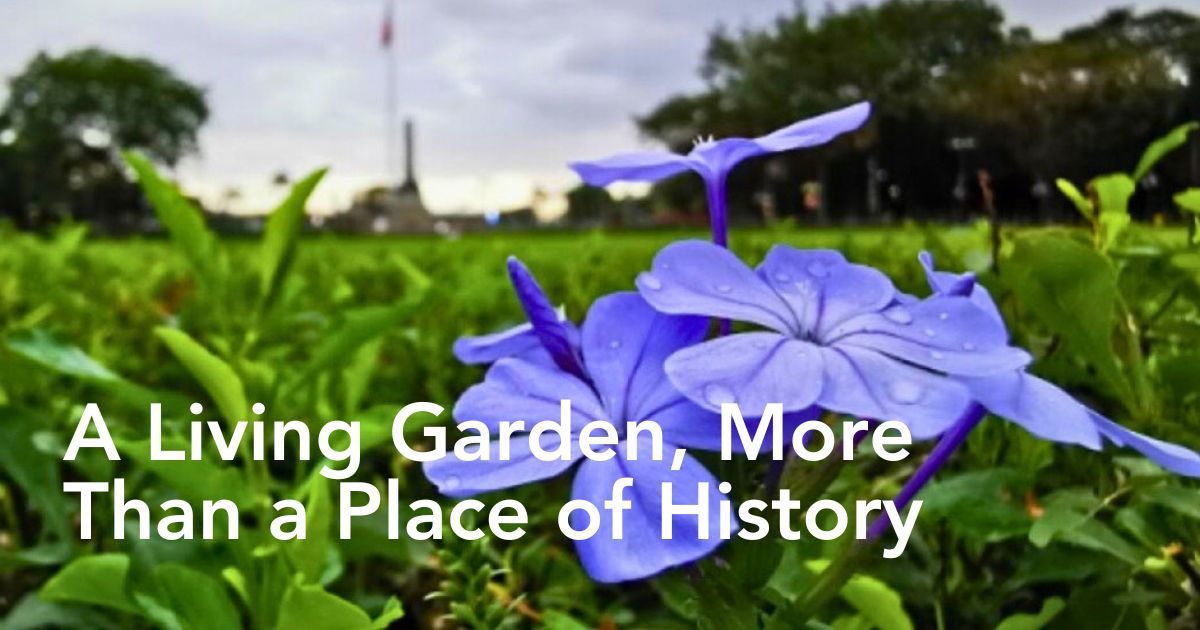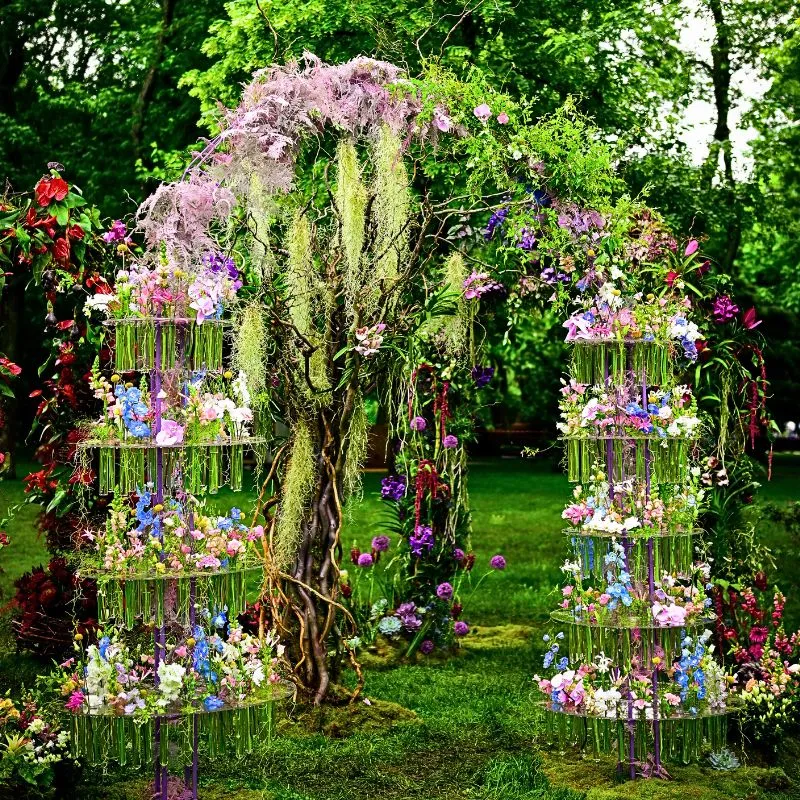Right in the heart of Manila, Rizal Park Luneta is one of the Philippines’ most important landmarks and tourist destinations. More than a place of history, it is also a living garden where each plant tells a story; that of memory, culture, and national pride.
In his famous poem To the Flowers of Heidelberg, Dr. Jose Rizal, the Philippines’ national hero, wrote about flowers carrying memories from their homeland. This idea continues to bloom in the park today, where each flower quietly brings to mind memories of the past when people took a moment to pause and look.
Flowers That Carry More Than Just Beauty
As you enter the park, the Rizal Monument stands with prominence—the country’s iconic symbol where heads of state and national leaders traditionally offer wreaths to honor the legacy of Dr. Jose Rizal.

Near the monument, a cluster of Forget-Me-Nots (Plumbago auriculata) peeks out from the garden beds. These simple little blue flowers are Rizal’s favorite, growing abundantly around his resting place.
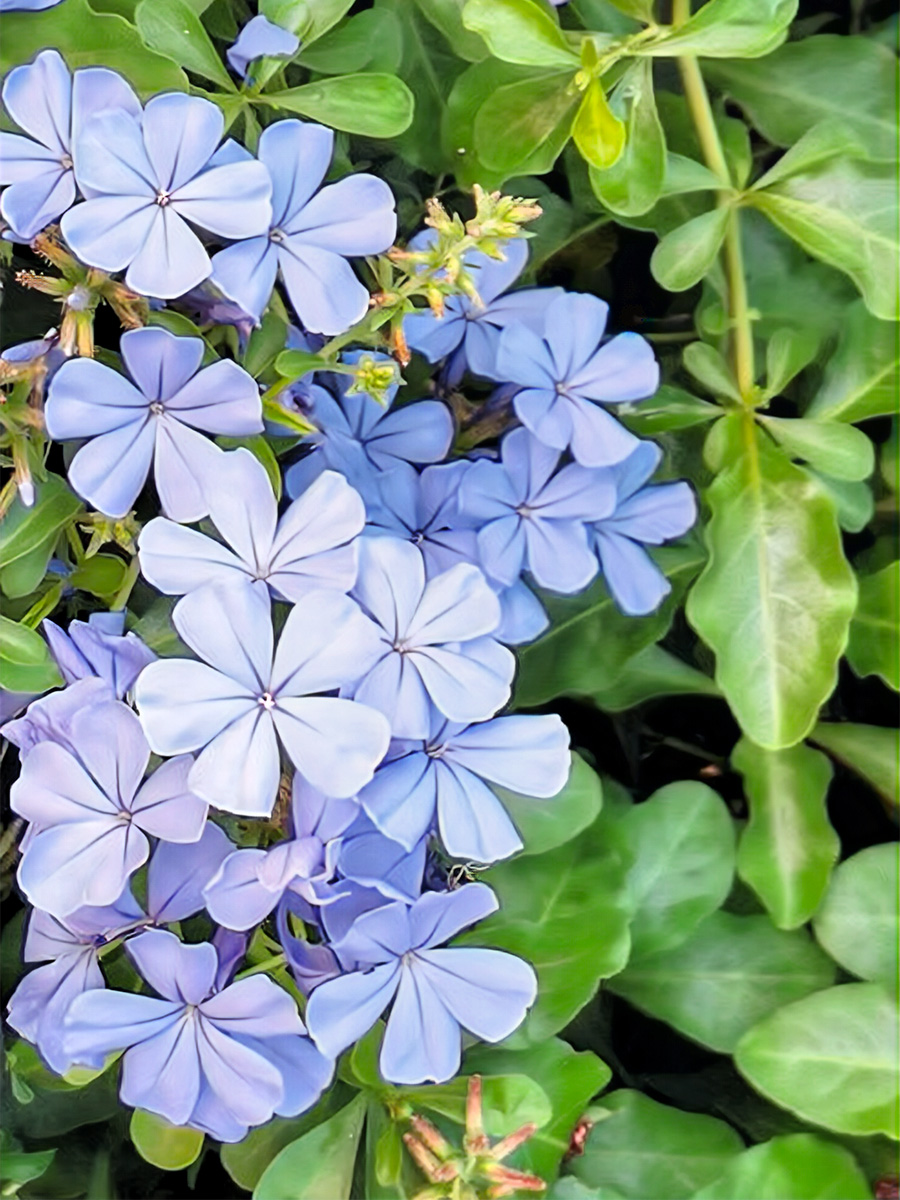
Some flowers carry more than beauty; they also reflect identity. Planted on the very ground where Dr. Jose Rizal was executed, the Sampaguita (Jasminum sambac), the Philippines’ national flower, takes on even deeper meaning. Its gentle scent and delicate white blossoms symbolize purity, sacredness, and devotion. Its name is derived from the Filipino words ‘sumpa’ (promise) and ‘kita’ (you), meaning “I promise you”, a pledge of mutual love. Blooming at night, these flowers are used in religious offerings, perfumes, and garlands.

A Representation of How Identity and Diplomacy Are Cultivated
Softening the historic grounds, florals add a refined ornamental touch to various gardens around the park, with each shade of color of the hybrid flowers named after Philippine First Ladies, with one honoring Thailand’s Queen Sirikit.
The Doñas/Mussaendas mirror the nation’s local roots and international influences. More than decoration, they represent how identity and diplomacy are cultivated, much like the park itself, where cultures converge.
In Rizal Park Luneta, vines and their cascading flowers and unique scent enliven walkways and shaded corners. At the Garden for the Elderly, lavender blooms create a sense of calm and charm in the area.
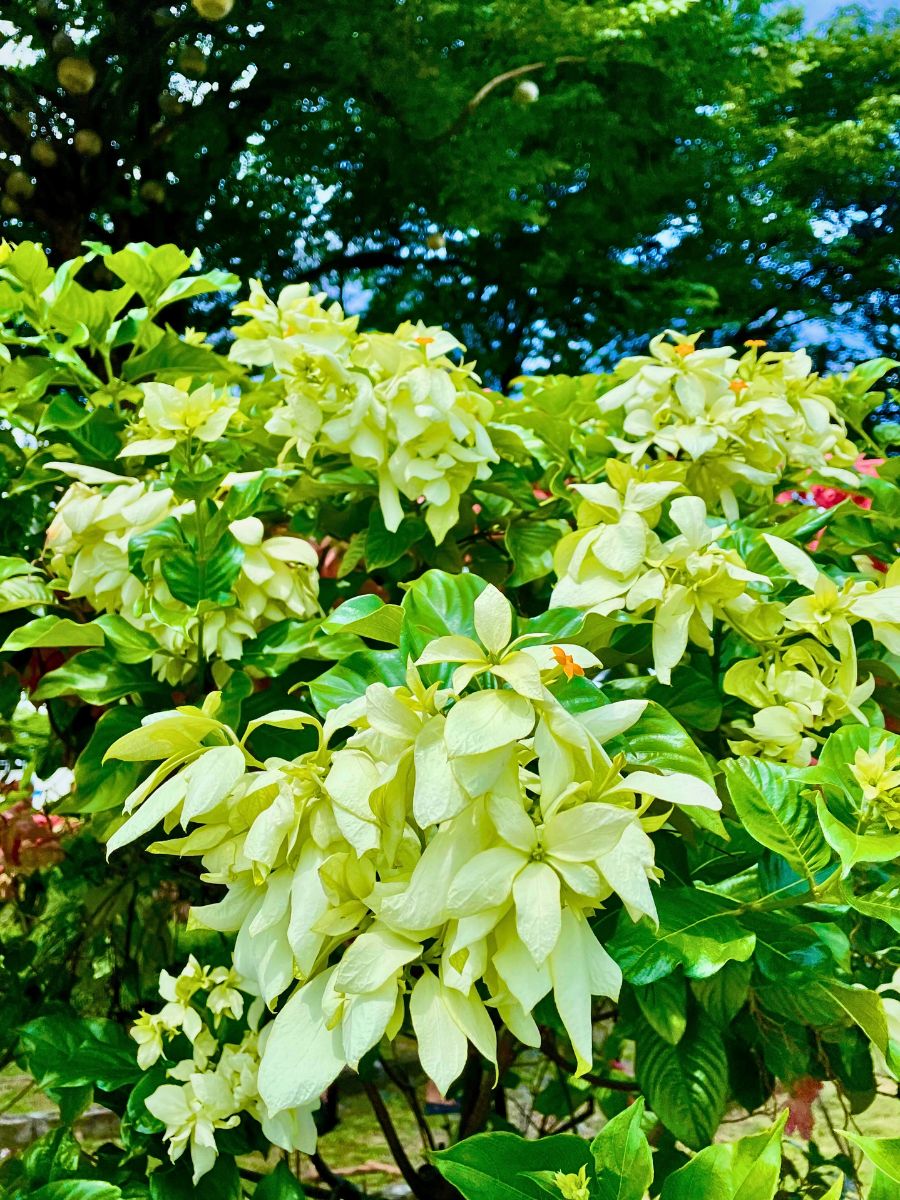
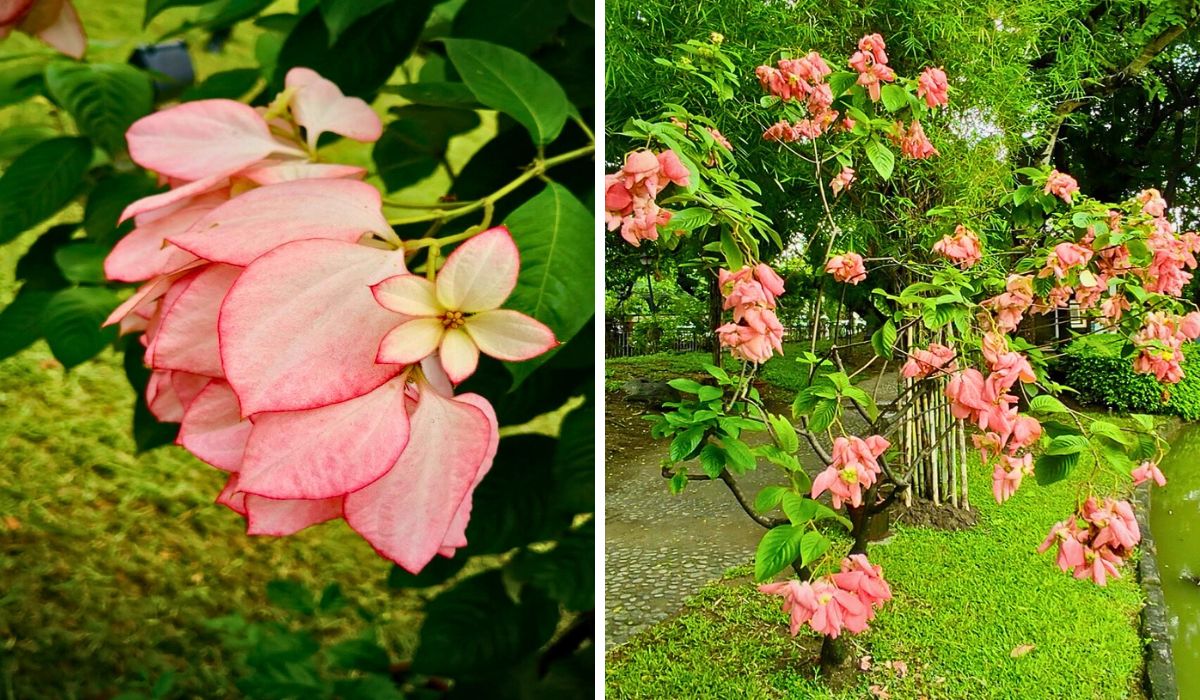
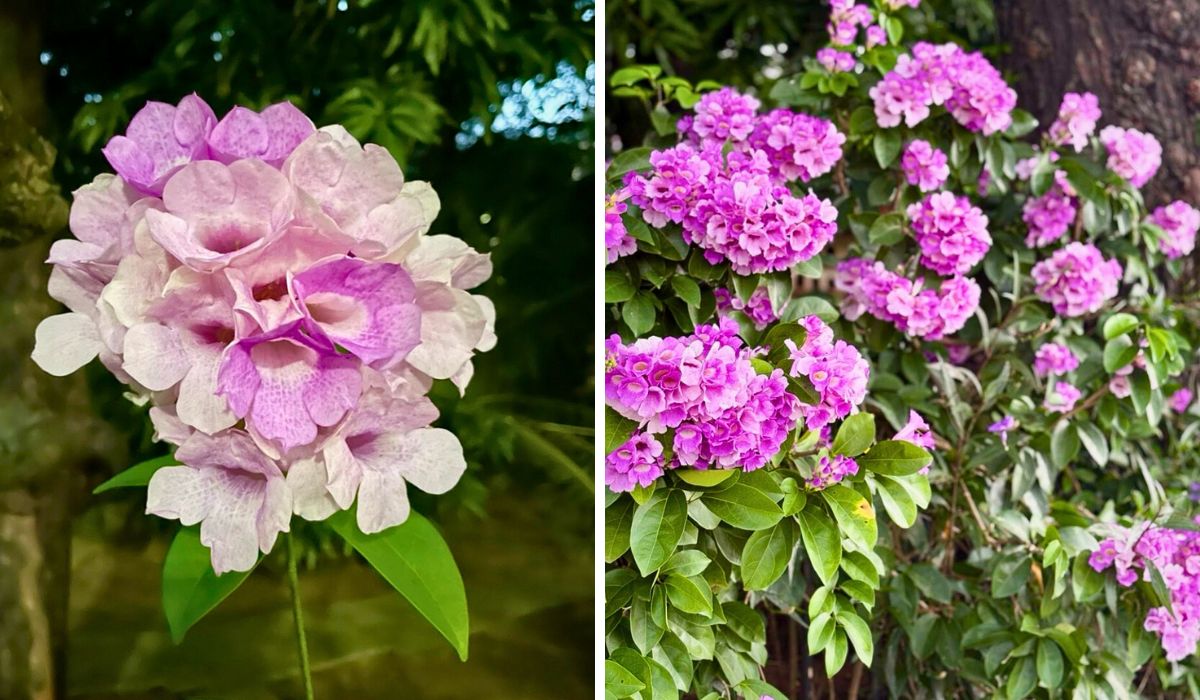
The Symbolic Heart of the Nation
Identified as the Garlic Vine, known for releasing a garlic scent when its leaves are crushed, the plant symbolizes the resilient Filipino spirit—beautiful even when tested by hardship.


A staple in the Filipino gardens, the Gumamela (Hibiscus), with its vibrant colors, is more than ornamental. Its flowers are rich in vitamin C and often brewed into teas for their refreshing and healthful properties. The yellow and red variants found in the park mimic the colors found in the national flag of the country.
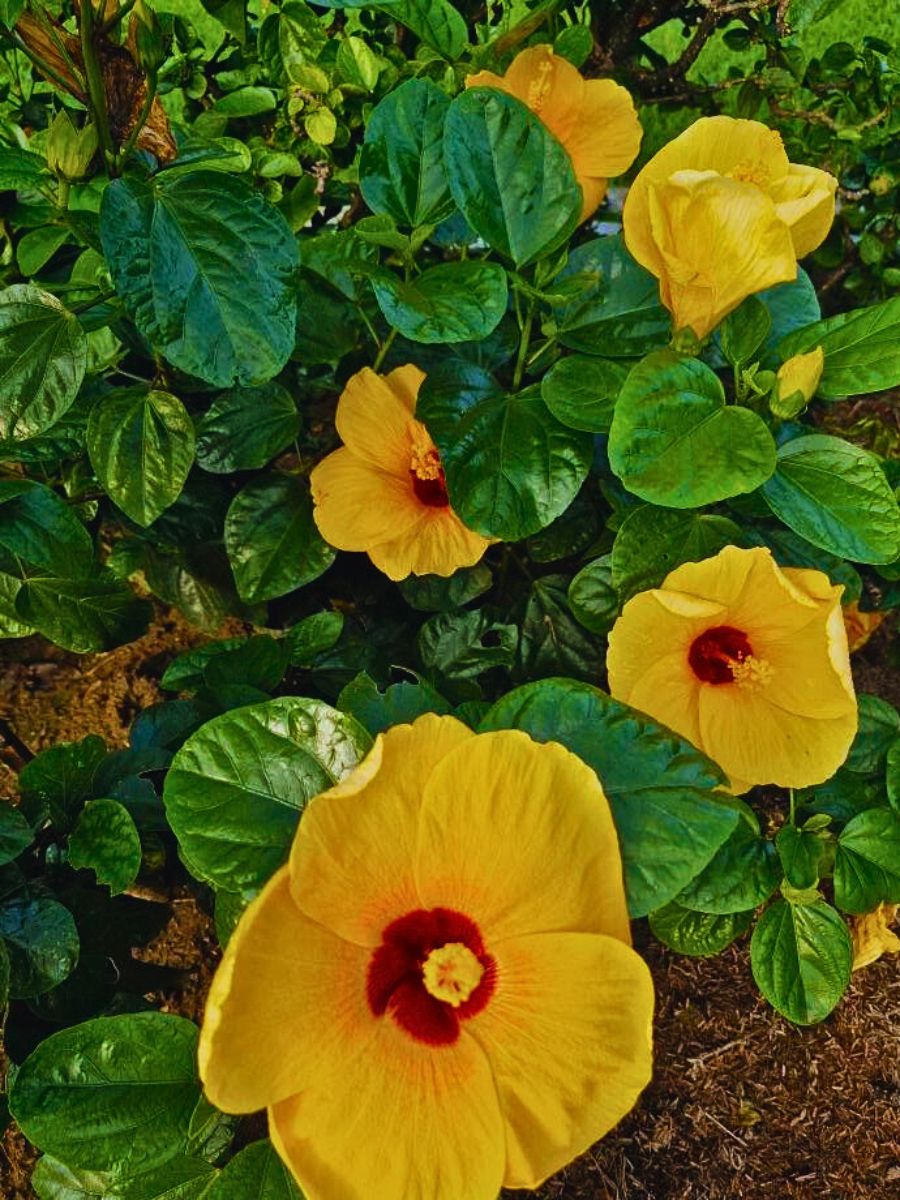
Positioned near the Kilometer Zero marker and Rizal Monument, it reinforces the park’s identity as the symbolic heart of the nation—a place where history, nature, and community meet.
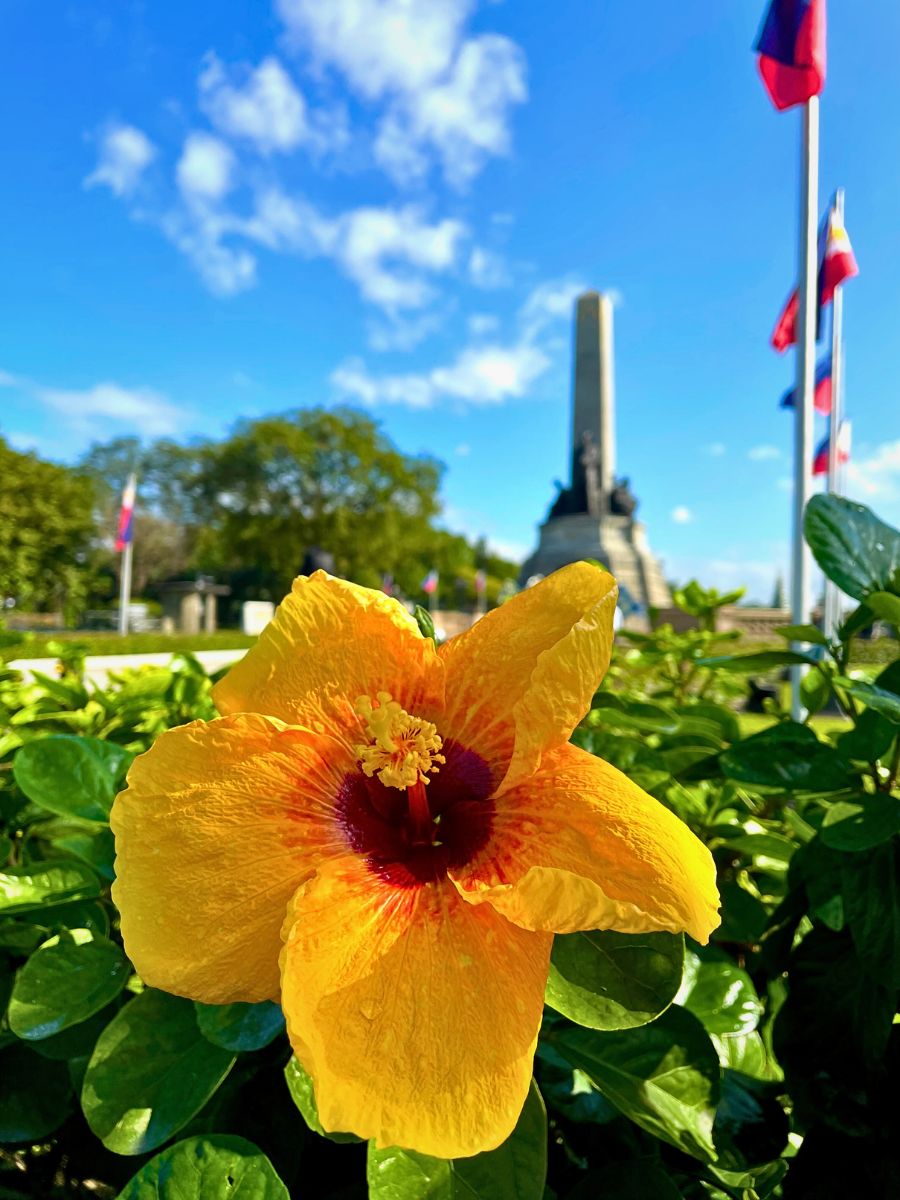
These Flowers Invite Visitors to Pause, Breathe, and Remember
“Carry, carry, O flowers, my love to my loved ones, peace to my country and its fecund loam, faith to its men and virtue to its women, health to the gracious beings that dwell within the sacred paternal home.”
(Jose P. Rizal, To The Flowers of Heidelberg).
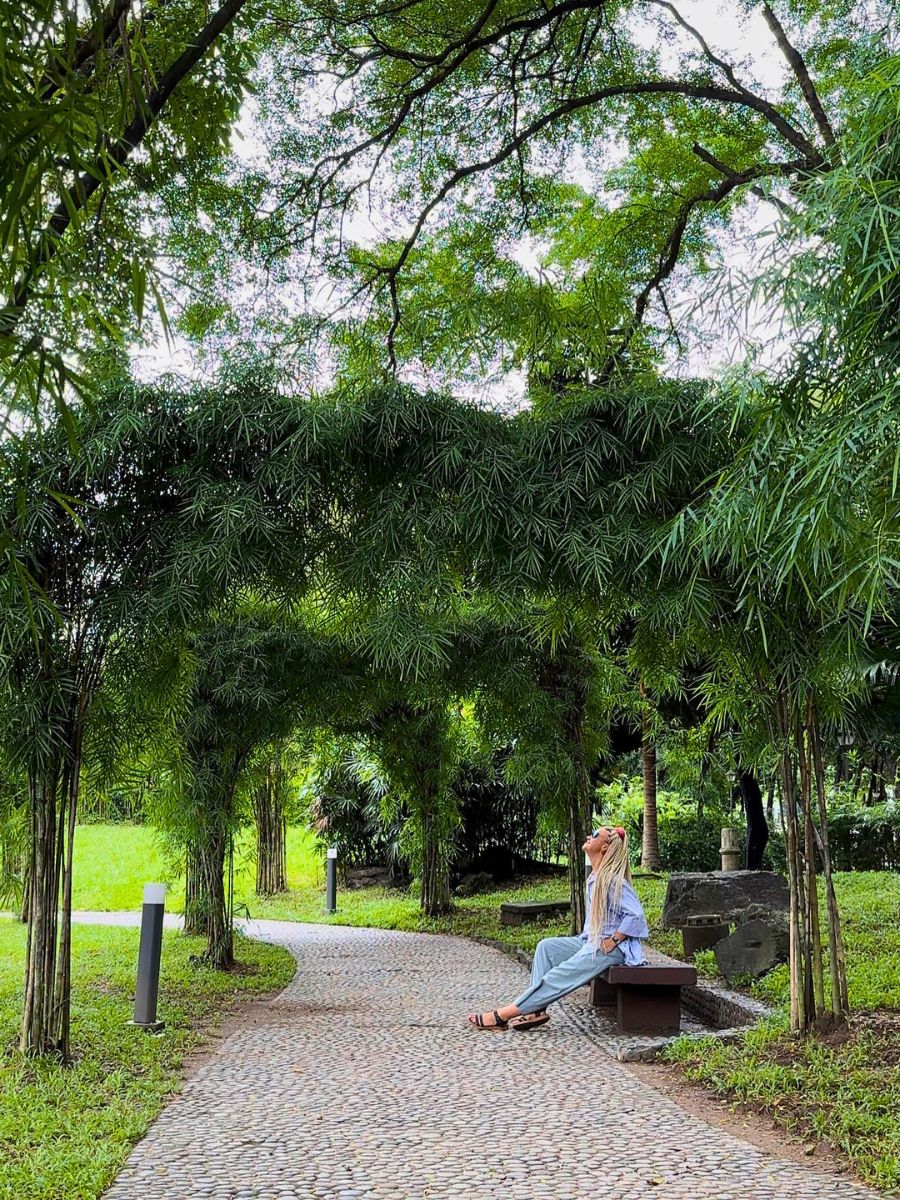
Just as Rizal once sent his words through blossoms across distant lands, these flowers continue to speak—inviting every visitor to pause, to breathe, and to remember.

